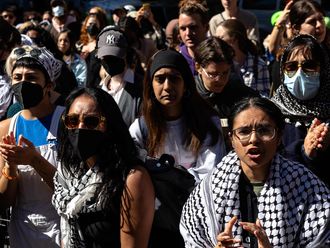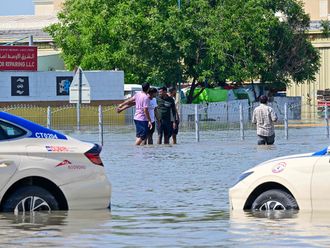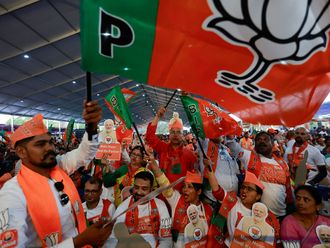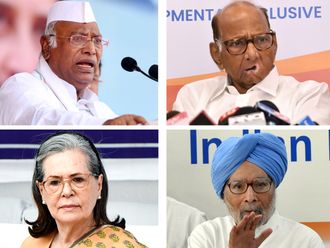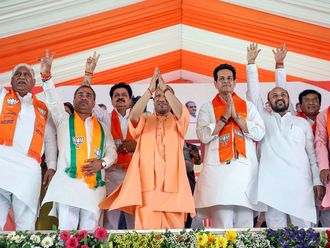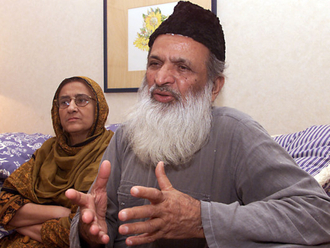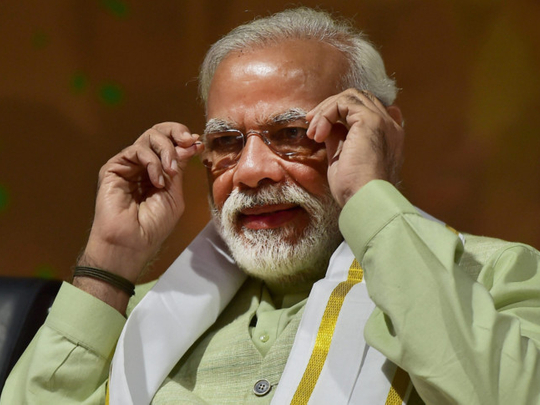
Indian Prime Minister Narendra Modi’s emergence as the most dominant politician in today’s India, as the Congress’s P. Chidambaram has said, means that he is now the monarch of all he surveys.
Since his victory in the 2019 general elections is virtually assured, he is currently in a position to take steps to usher in the “achhe din” or good days that he had promised before the 2014 Lok Sabha polls, but hasn’t quite been able to deliver. Now he can do so since the setbacks of the last two years are well and truly behind him. The winners of those days are no longer capable of offering any challenge. The Aam Aadmi Party’s Arvind Kejriwal, for instance, has lost much of his sheen as the failure of his party to make much of an impact in the recent Punjab and Goa elections showed.
Similarly, West Bengal Chief Minister Mamata Banerjee can no longer hope to cobble together a national alternative to Modi as she wanted to do while demanding a roll back of the demonetisation drive. The Uttar Pradesh (UP) state election results last week have proved that the prime minister’s audacious gamble has succeeded.
In Bihar, Chief Minister Nitish Kumar is at present more busy fending off challenges from his former enemy-cum-present friend, Laloo Prasad Yadav, to play a larger role outside the state as was once envisaged.
But even as Modi’s adversaries lick their wounds, his own lone-ranger status has been reinforced. As the shifting back and forth of Manohar Parrikar between Delhi and Goa, and the reports about Rajnath Singh being asked to move to Lucknow show, the Bharatiya Janata Party (BJP) cupboard is not overflowing with talent.
As Modi will have to carry his party virtually on his shoulders to 2019 and beyond, his policy formulations will have to be undertaken with greater care. Although he has largely been able to push considerations of caste and religion into the background with his development rhetoric, the BJP has not been above resorting to wily tactics to undercut the support bases of the Samajwadi Party and the Bahujan Samaj Party. It succeeded in doing so by wooing the non-Yadav backward castes and the non-Jatav Dalits (lower caste) in UP. Besides, the BJP has for long appropriated the mantle of nationalism with no signs of the squeamishness about the issue shown by other parties, which fear that they will be accused of undermining the multicultural tenets or of wearing patriotism on their sleeves.
However, there is a message for the BJP from its failures in Punjab, Goa and Manipur elections, which has not been negated by its wizardry in “stealing” the last two states from the Congress’s grasp. The message from the north, the west and the northeast — virtually from across the country — is that nationalism does not always yield electoral dividends. What does is the promise of economic growth, which is believed to be the main reason for the BJP’s success in UP and Uttarakhand rather than the caste or nationalism factors. As someone now in total control of the BJP as a presidential figure, it is up to Modi to be far more proactive on the developmental front.
But his endeavours cannot succeed if the government continues to be buffeted by the signs of intolerance displayed by the fundamentalist elements in the saffron brotherhood. Although Modi has succeeded in curbing some of them, such as the “ghar wapsi” (homecoming) and “Love Jihad” campaigners, there are still others who can embarrass the party and the government. Among them is the Akhil Bharatiya Vidyarthi Parishad (ABVP) and the Kranti Sena, which have been engaged in battling the “anti-nationals” of the Jawaharlal Nehru University and vandalising the sets of the film Padmavati.
It will take considerable courage to act against them since outfits such as these are almost integral parts of the Sangh Parivar (the saffron family) and articulate its ideological views. But if anyone can do so, it is Modi, and especially at present when he is reliving his phenomenal success of the last general election and providing hopes of ensuring the BJP’s rule at the Centre until at least 2024.
It is also no secret that large sections of the electorate back Modi, even if they do not have much love lost for the BJP, because they believe that he is capable of taking the country out of what former Reserve Bank governor Raghuram Rajan called “crony socialism” and bring the 21st century in real terms to India.
Arguably, Modi and a few around him, are aware of these expectations, but have been unwilling to move forward at greater speed because of the electoral reverses of the last two years. UP has removed much of those misgivings about the correctness of the path, notwithstanding the caveats entered by the outcomes in Goa and Manipur. For this reason, the people of India’s most populous state, UP, deserve a vote of thanks.
While UP expects the restoration of law and order, the rest of the country will hope that the Modi government’s focus will solely be on development to the exclusion of the customary obsessions like cultural nationalism and anti-westernisation.
— IANS
Amulya Ganguli is a political analyst.


